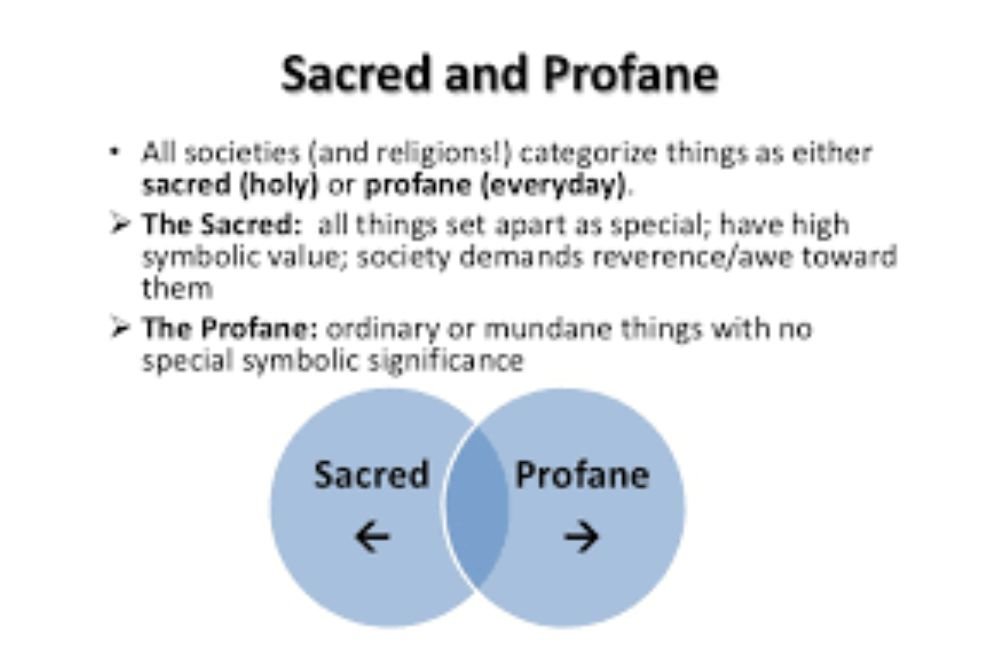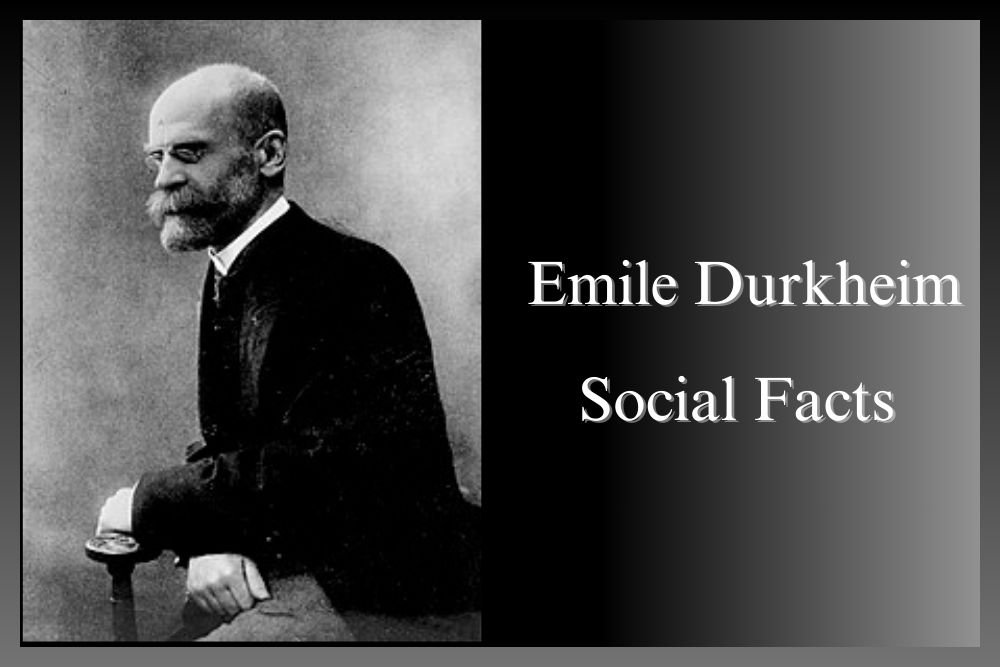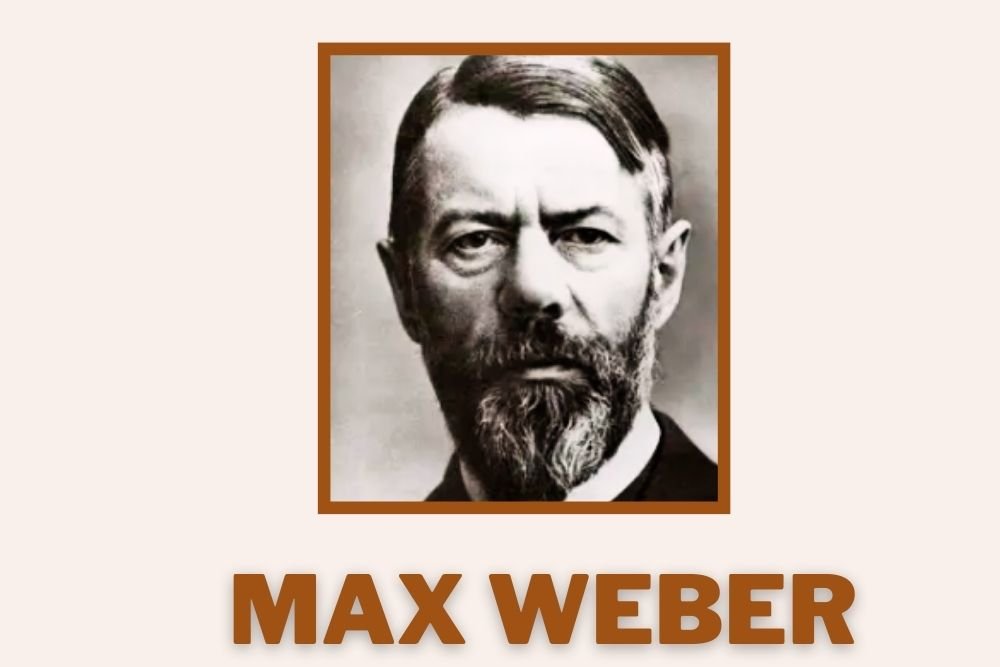
Symbolic Interactionism, an intellectual beacon within the expansive realm of sociology, intricately unravels the subtle yet profound dynamics governing human interaction. This theoretical framework, anchored in the profound insights of luminaries such as George Herbert Mead and Erving Goffman, immerses us in the complex interplay of symbols, meanings, and social processes, providing a nuanced lens through which to comprehend individual behavior and the broader societal landscape.
Delving deeper into the philosophical underpinnings of Symbolic Interactionism, the theory pivots on the notion of the "symbol." As elucidated by Mead, symbols encompass a spectrum of manifestations, ranging from the rudimentary, such as words and gestures, to the elaborate expressions found in intricate social rituals. Importantly, these symbols are not static entities; rather, their meanings are fluid and subject to negotiation within the dynamic tapestry of social interactions. It is within this realm of symbols that individuals actively engage in the perpetual creation and interpretation of shared meanings, thus constituting the very fabric of their social reality.
The crux of Mead's contribution to Symbolic Interactionism lies in the concept of the "self." Far from being a static entity, the self, in Mead's conceptualization, emerges through a dynamic process of social interaction. The "I" represents the spontaneous and impulsive facet of the self, while the "Me" embodies the socially conscious and reflective dimension. This ongoing interplay between the "I" and the "Me" becomes the crucible within which one's identity continuously evolves within the intricate social tapestry.
Erving Goffman, a trailblazer in the arena of Symbolic Interactionism, introduces the metaphor of "dramaturgy" in his seminal work, "The Presentation of Self in Everyday Life." Here, Goffman likens social interactions to a grand theatrical performance, asserting that individuals engage in a sophisticated form of impression management to meticulously present a curated image of themselves. In this theatrical analogy, the stage becomes the social setting, and individuals deftly utilize symbols to orchestrate and control the impressions they convey to others.
Expanding the theoretical boundaries of Symbolic Interactionism, Goffman introduces concepts such as "role-taking" and the "definition of the situation." These elements delve into the nuanced ways in which individuals interpret and respond to social cues within diverse contexts. The intricate dance of role-playing and the constant negotiation of shared meanings underscore the complexity inherent in face-to-face interactions, enriching our understanding of the subtle dynamics at play in the social arena.
In the contemporary landscape of sociology, Symbolic Interactionism remains a vibrant and influential framework. Scholars, inspired by its rich theoretical heritage, continue to explore its applications across an array of disciplines, from the educational and healthcare domains to the realms of technology and media. By underscoring the profound significance of symbols and meanings in shaping social reality, Symbolic Interactionism serves as an invaluable lens through which to unravel the intricate tapestry of human society. It beckons us to a deeper comprehension of the nuanced interplay between individuals and their social environments, inviting us to contemplate the intricate threads that weave the fabric of our collective existence.










































































